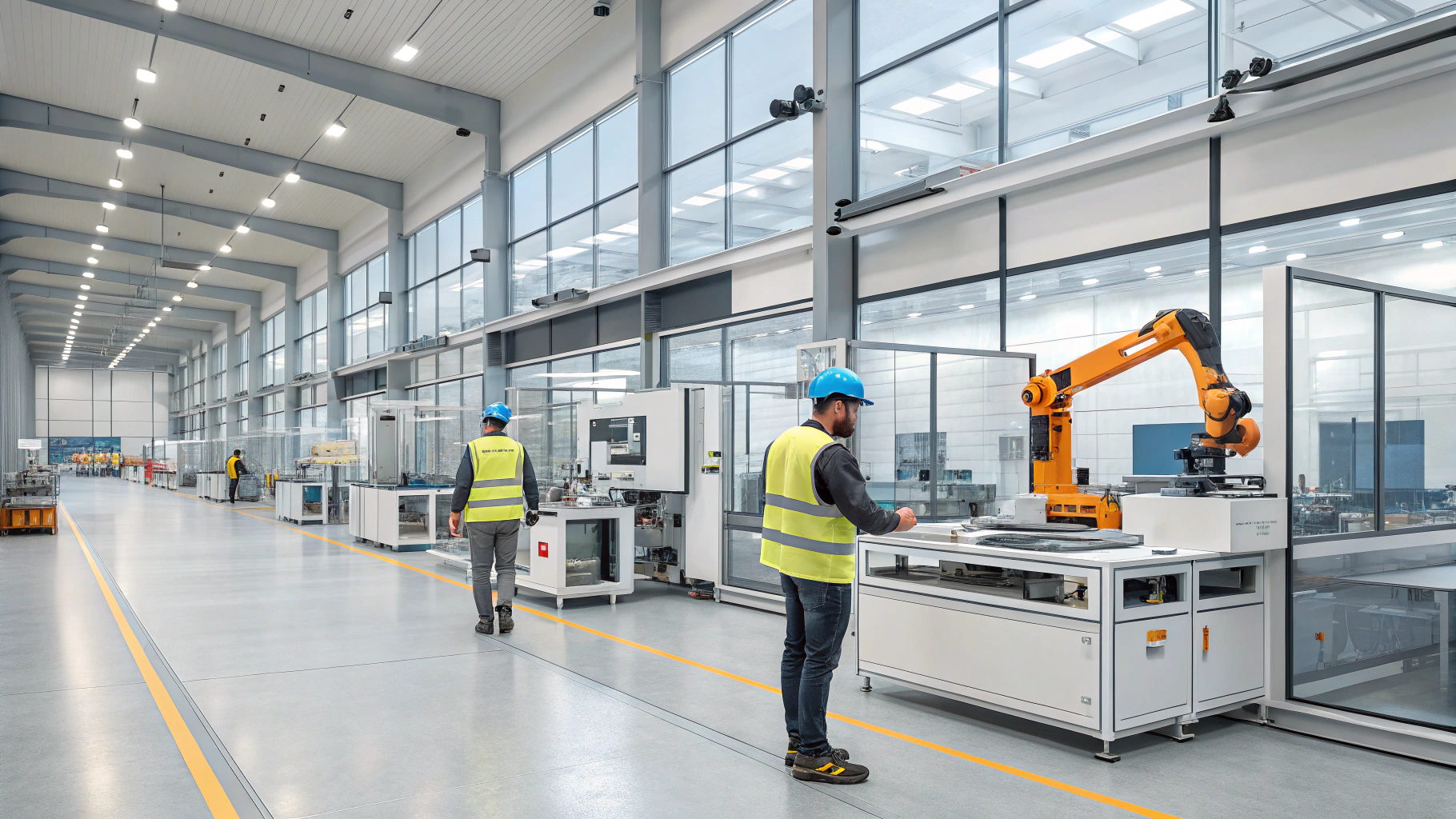Manufacturing companies today face increasing pressure. They need to reduce costs, increase productivity, and simultaneously react flexibly to changing market conditions. The key to meeting these expectations and maintaining competitiveness is data. Every day, manufacturing companies generate huge amounts of data. While these data have the potential to significantly change the way businesses operate, in most cases, they remain unused. Not because they aren’t important, but because companies lack the tools to effectively collect, connect, analyze, and evaluate them.

Does this sound familiar? If your company often relies more on estimates than on actual numbers, if decisions are made based on intuition instead of evidence, then it’s time to discover the true power of Big Data. This term doesn’t just represent a large volume of data. It refers to the ability to connect, process, visualize, and use data in everyday practice. From production planning, to maintenance management, to strategic business management. Big Data represents a way to turn hidden potential into real savings, higher performance, and overall better control over the business.
What Exactly Does the Term “Big Data” Mean?
Big Data refers to data streams that are generated in large volume, velocity, and variety. These are the so-called “3Vs” – Volume, Velocity, Variety. These data often come from dozens of different sources, arrive in different formats, and lack centralized management. It is this complexity that requires a completely different approach to processing, most often using specialized technologies, data-lake architectures, streaming protocols (e.g., MQTT), and analytical platforms such as Hadoop or Spark.
SCADA, MES, IoT – Essential Inputs to the Big Data Ecosystem
No Big Data solution works without reliable input, i.e., high-quality and continuous data collection from manufacturing devices and processes. This is where SCADA, MES, and IoT platforms like Ignition come into play. They are not Big Data systems themselves, but rather the foundational building blocks that provide data to the Big Data architecture.
In manufacturing, specialized industrial equipment and communication protocols are used, which typical IT systems cannot “read.” This is why SCADA and MES systems are so important. They serve as a bridge between operations and data analytics. They can collect data directly from machines, sensors, or production lines and transform them into useful information about performance, faults, or consumption, which can then be processed and utilized.
They can also aggregate data so that it can be sent safely and efficiently, either continuously (e.g., every second) or in batches (e.g., once an hour). This not only saves network capacity but also allows the use of this data in more advanced analytical tools.
When Do Big Data Solutions Truly Make Sense for a Business?
Big Data offer the most benefits when a company has already completed basic digitization and is starting to seek answers to more complex questions:
- Where are the bottlenecks in production?
- Which process parameter changes affect product quality?
- Which faults can be predicted before a failure?
- How can production be optimized across multiple facilities?
These are questions that require not just data, but their connection, context, and proper interpretation. In such cases, SCADA and MES systems become data feeders, while advanced analytics take place in specialized tools.
Not “Big Data Ready” Yet? No Problem.
Not every business needs to work with Big Data immediately. In many cases, significant progress can be made with simpler Business Intelligence solutions, such as combining Ignition + Power BI. This solution can already provide clear visualizations, reporting, and basic analysis across the entire production process.
However, if a business prepares for data work now – creates a consistent architecture, implements an IoT platform with quality data collection, uses standardized protocols (e.g., MQTT), and defines a “Single Source of Truth” – then Big Data will just be the next logical step, not a huge leap into the unknown.
How It Works in Practice
The transformation of data into value doesn’t happen overnight. But if you know how to do it, the results won’t take long to show. In a modern manufacturing business, everything begins with data collection from various devices. These data are collected in real time in systems like SCADA or MES, where they are processed, stored, and then integrated with other business systems.
In the next step, Business Intelligence comes into play. Tools like Microsoft Power BI and Ignition provide understandable visualizations and analytical reports. All key data is immediately available in interactive dashboards, enabling managers to make decisions based on accurate and up-to-date information.
In this way, a solid foundation for Big Data begins to be built. If the data is well-structured, properly labeled, and available in the correct format, it allows for smooth transition into advanced analytical tools and Big Data architectures.
IoT Industries: Your Guide to the Big Data Future
📌 We implement intelligent data collection across the entire production process.
📌 We integrate systems so that they communicate effectively with each other, creating a unified data ecosystem.
📌 Finally, we design tailor-made BI solutions that prepare data for further use in Big Data projects.
If you want to stop relying on intuition and start making decisions based on real data, Big Data is the ultimate goal. And we will help you reach it step by step. Don’t hesitate to contact us.
Why Choose IoT/IIoT Implementation with IoT Industries?
Traditional companies typically specialize in OT (operational technologies, such as production lines and devices) or classic enterprise IT systems. However, we are able to connect both of these worlds. Our unique expertise in integrating OT and IT allows us to deliver innovative solutions in digital transformation, enhancing efficiency, reliability, and competitiveness for manufacturing companies.





